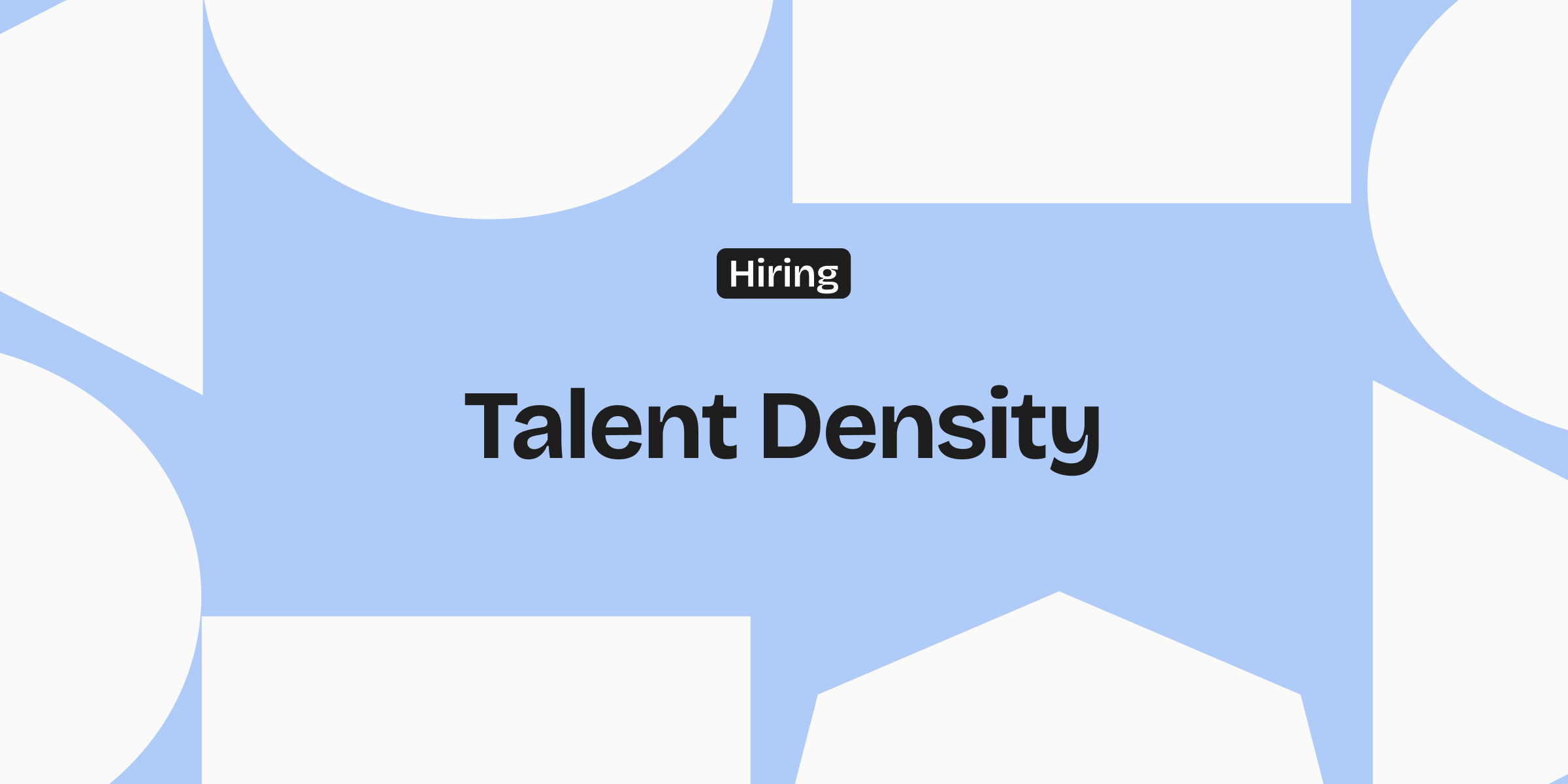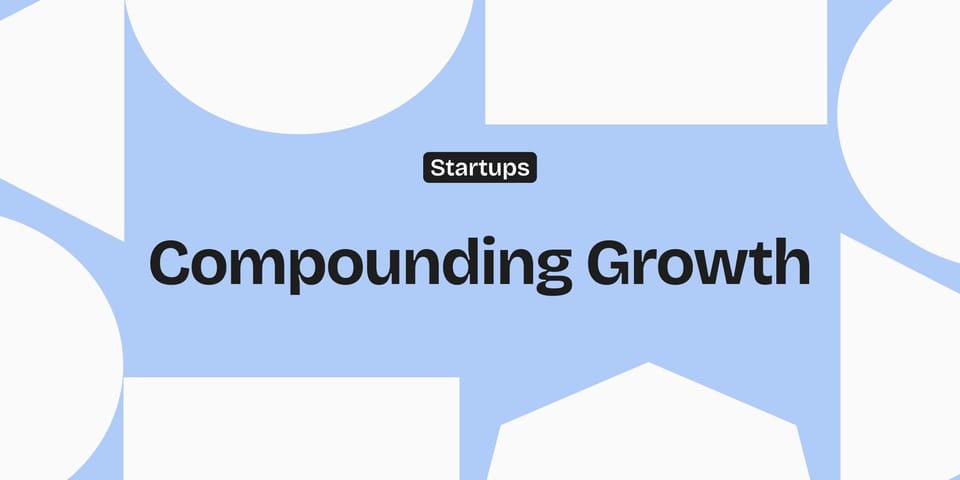The Secret to Faster, Better Teams
More headcount doesn’t guarantee more output, often it just adds overhead, slows decisions, and creates blockers. The real advantage comes from building small, values-aligned teams where every person raises the bar.

The most fun I've had at work wasn't at the biggest company I worked for. It was with a small team where everyone was sharp, driven, and pulling in the same direction. We moved faster, built better, and raised each other's game every single week.
That's talent density. And it beats headcount every single time.
More isn't always more
Hiring more people feels like progress. Bigger all-hands. More projects on the roadmap. It photographs well for LinkedIn updates. But in reality, every new hire adds coordination overhead, slows decisions, and increases the chance of misalignment. If the team you have isn't already high-performing, adding more people just compounds the dysfunction.
Imagine, ten engineers doing the work of five because the other five create blockers instead of removing them.
Meetings double, code reviews drag, and "alignment" becomes a full-time job.
The bar is the product
When you hire for talent density, you hire for people who raise the average. People who make the entire team better just by being there. People who can own a problem end-to-end, understand trade-offs, and deliver without hand-holding.
You don't hire to fill a seat. You hire to set a bar. And if you can't find the right person, you keep the seat empty. That patience is an investment, because one great hire can shift the trajectory of a team for years.
Cohesion and coupling, applied to teams
In engineering, cohesion means parts fit tightly together. Coupling means parts depend on each other. The best systems have high cohesion, low coupling.
High-density teams are the same. Skills, values, and goals align closely (high cohesion). Work can move forward without everyone in the room (low coupling). This is the quiet superpower of great teams: they adapt, ship, and scale without constant friction.
When hiring, think of the person as a new module in your system. Will they integrate tightly with the team's purpose? Will they reduce or increase unnecessary dependencies?
Momentum is the culture
People think culture is about Friday socials or an inspiring mission statement. But in small, high-talent teams, culture is momentum. Features go from idea to production in a week. Wins are visible and owned. Feedback is fast and useful.
Momentum creates its own energy. You don't need to "motivate" people when they can see their work moving the business forward in real time.
Guard the density
It's not just who you hire, it's who you keep. One average hire drops the bar. One person who doesn't align slows the room. Top performers won't stick around if they're carrying dead weight, they'll leave for places where everyone moves at their pace.
Protect the standard ruthlessly:
- Avoid panic hires to hit headcount goals
- Let top people influence the hiring bar
- Cut quickly when you know it's not working
The founder's advantage
As a founder or leader, you feel talent density in your gut. A dense team frees you from micromanaging. You can focus on direction, not rescue missions. You can hand over hard problems and watch them get solved without drama.
Big teams look impressive on a slide deck. But small, dense teams, cohesive, low-coupling, relentlessly raising the bar - are the ones that usually win.




